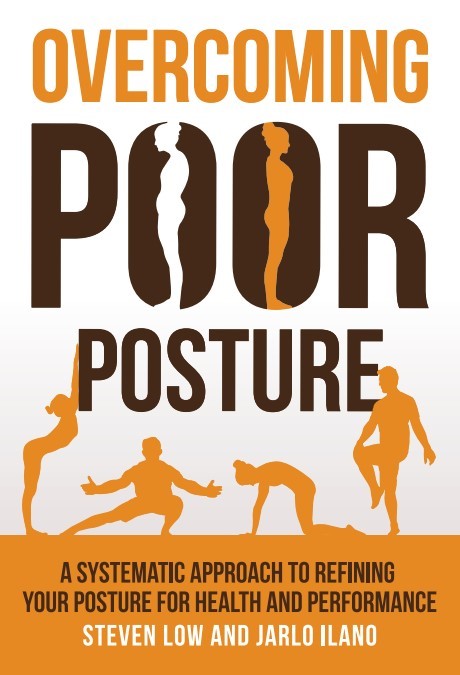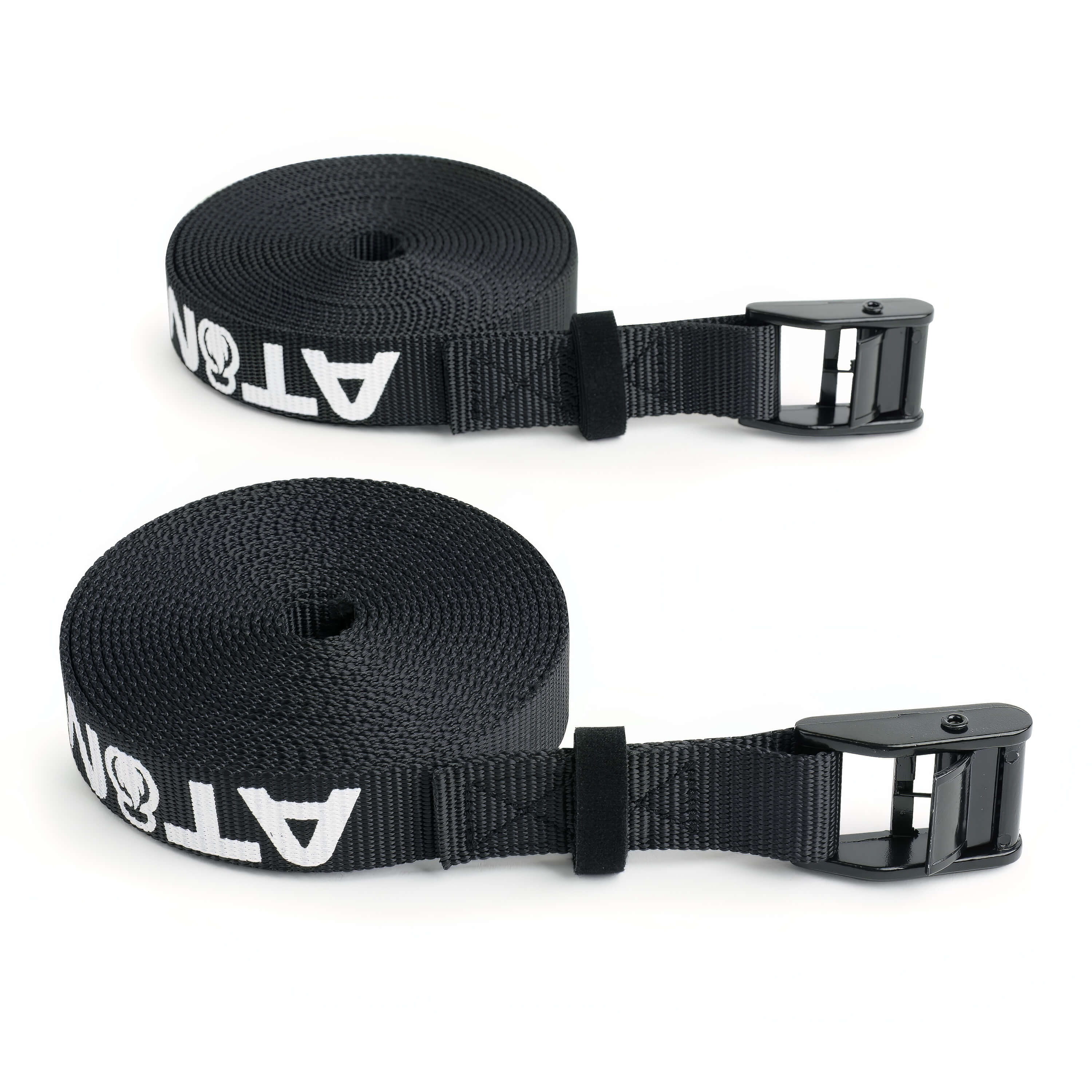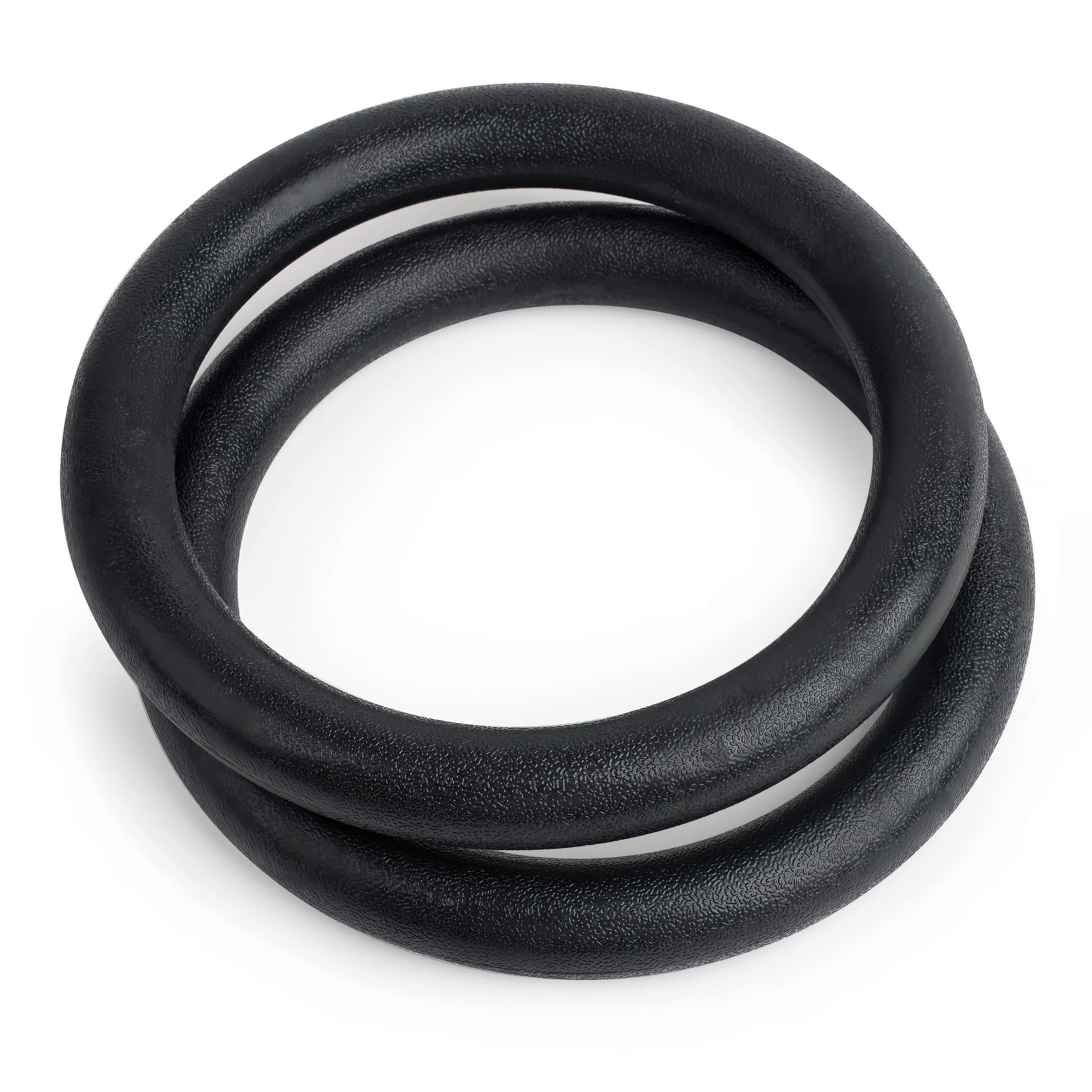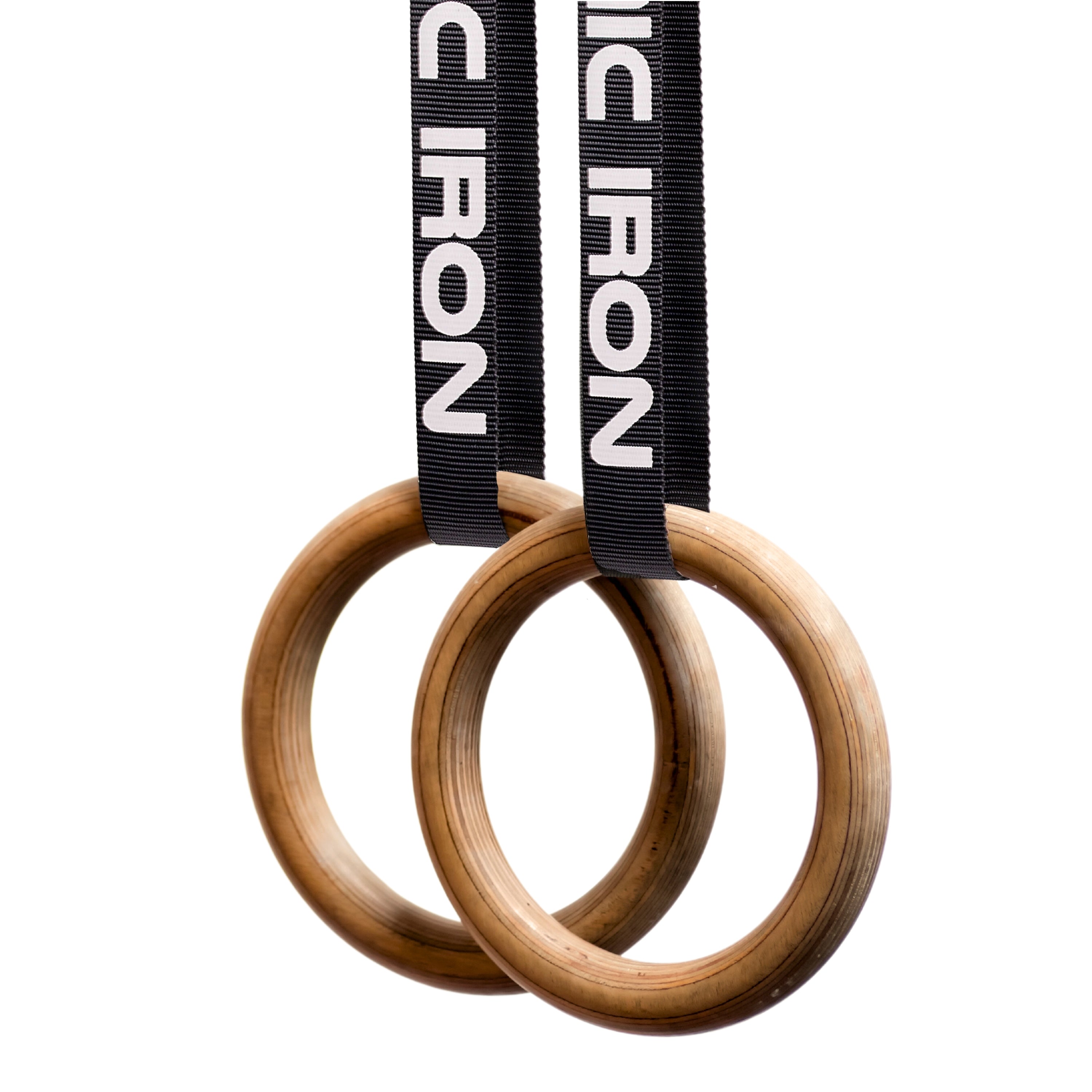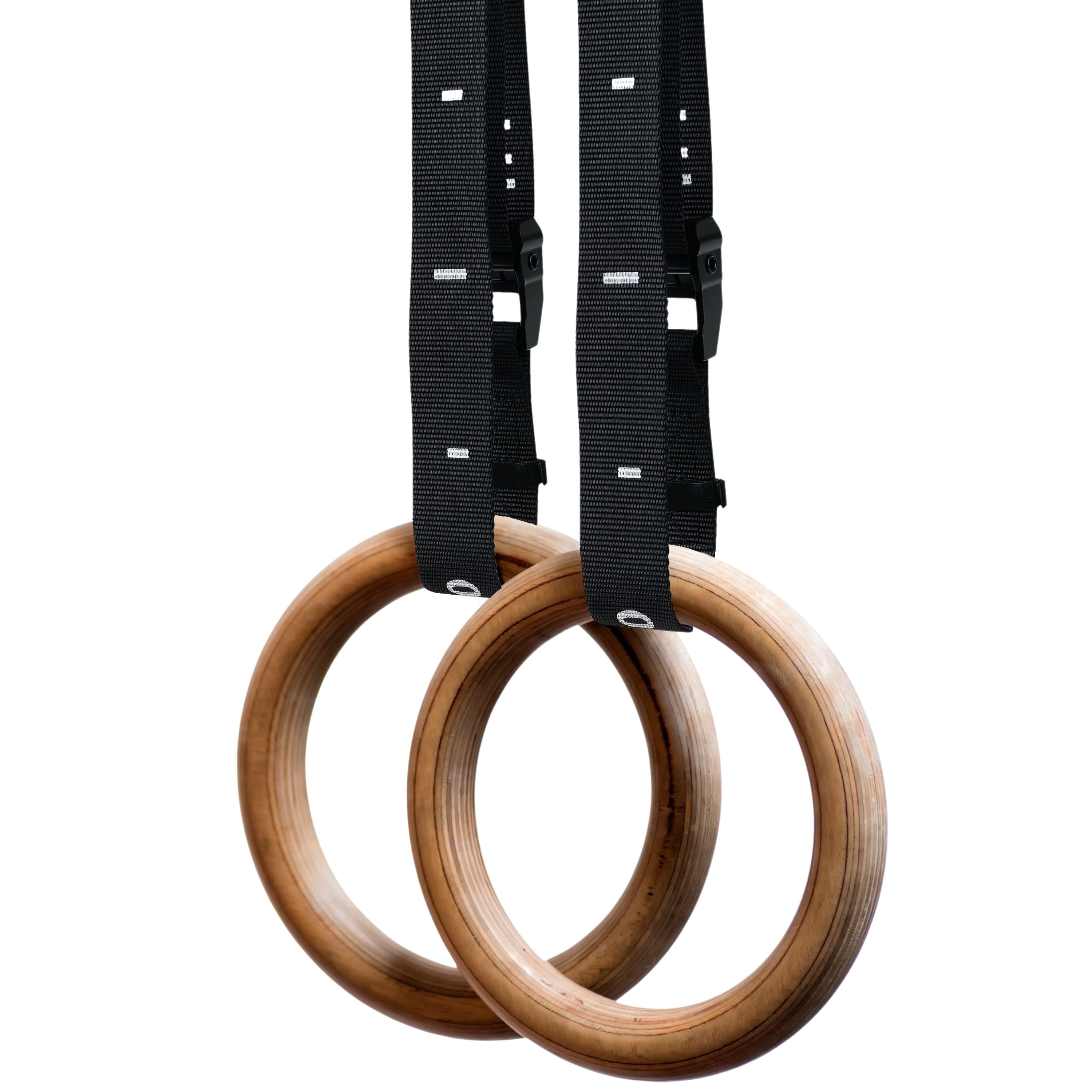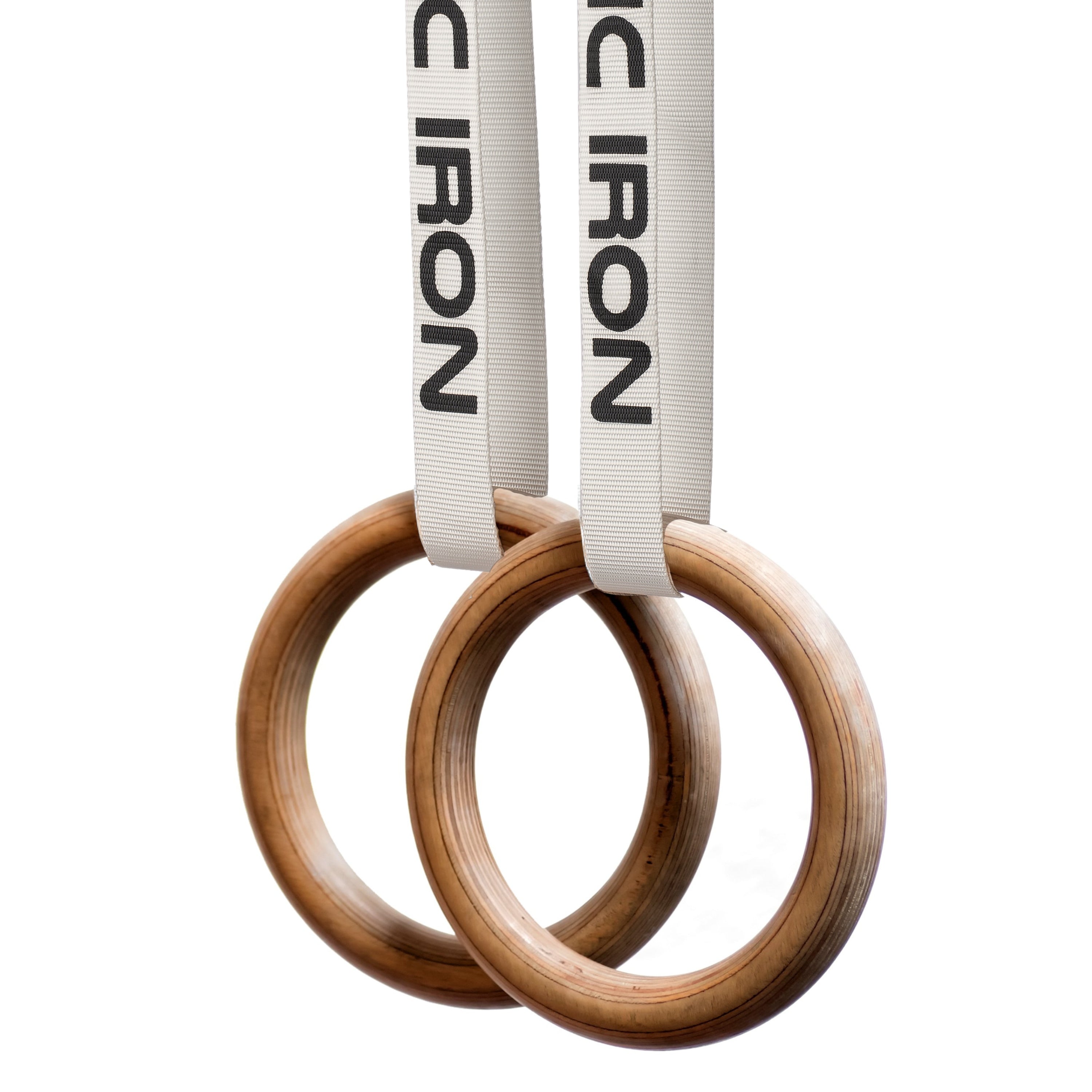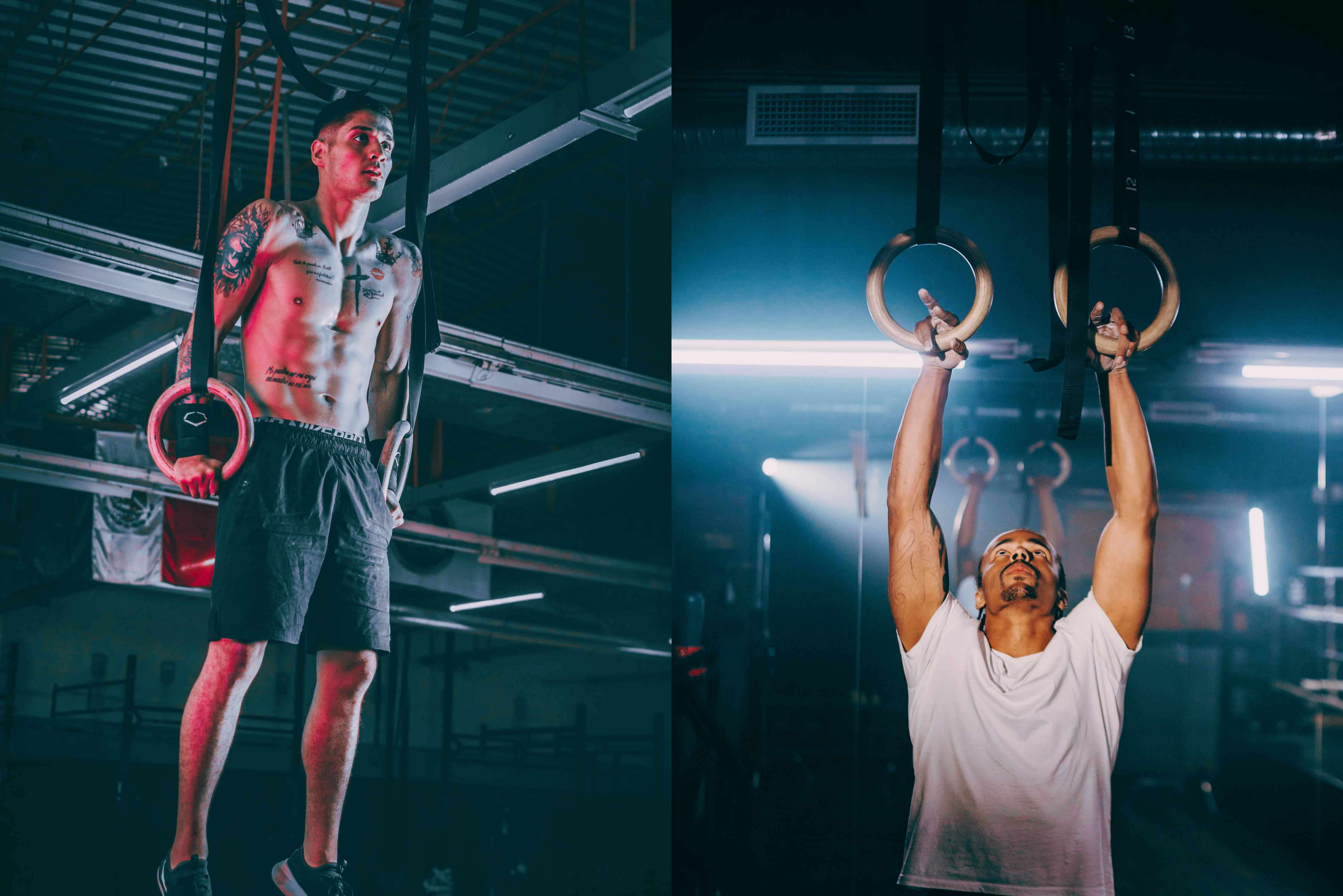Why Don’t Women Compete In Rings At The Olympics?

Comparing the Olympic gymnastics routines as they stand today, the men compete in 6 routines compared to 4 for women. Men compete in the vault and floor routine (same as women) but they also have exclusively ‘men only’ routines, which include the horizontal bar, parallel bars, pommel horse, and rings. Women, meanwhile, exclusively compete in the balance beam and uneven bars.
So why don’t women compete in rings? Let’s take a look.
How rings are performed
Firstly, it's important to understand how rings are performed. The manner in which gymnastic rings are currently performed in Olympic competition is a unique discipline that requires a vast amount of strength across all of the muscles in your shoulders and back.
Rings are a test of the absolute strength of an individual's upper limbs and to be able to perform even the most basic strength skills at the Olympics, can take multiple years of highly focused training. Men and women both have the ability to build the strength needed to perform on rings in their upper body. However, the reason women don't perform in the Olympics is rooted in history.
History of competition
During the 1936 Olympics in Berlin, the first to permanently include women in gymnastics competition, women competed in team events only across three routines, the vault, balance beam and the now ‘men-only’, parallel bars.
However by 1952, the first year that women were permitted to compete for individual medals in gymnastic routines, the selected apparatuses had now changed to the four they compete in today.
It had been speculated that the reason for the selection of the apparatuses for women was attributed to the physical attributes of women, and that their gender represented ‘elegance and balance’, rather than strength and power.
This is despite gymnasts at the time, such as Soviet Union’s Galina Urbanovich who won gold at the 1952 Helsinki games, claiming her best event was the rings.
Aimee Lewis (BBC Sport) stated, “Each event is designed to show off the gender's ‘natural’ qualities. With an opportunity for the flexible and graceful sequined-wearing women to sparkle and the biceps-bulging men to test their strength and power.”
Reasons why
It comes very much back to perception of traditional gender roles based upon the biological differences between males and females resulting in uneven distribution of athletic traits. Although not always the case, generally men possess a higher ratio of muscle mass to body weight and grow longer and larger bones.
As a result, the existing male disciplines focus primarily on strength, while the female disciplines focus primarily on poise, stability, and grace. This is all despite female athletes becoming stronger and more athletic over time, but this tradition has yet to change in 70 years.
We see that the majority of men’s gymnastics is upper body focused, and yet with the exception of bars, women’s gymnastics are exceptionally lower body focused, with none of the events requiring static strength holds (besides handstands and poses). So an event like the rings is not even considered an option for women.
Furthermore, the sport of gymnastics puts beauty and stability as its highest priority, followed then by difficulty.
Moving forward
It’s debatable if the reasons why women don’t compete in the more strength based apparatuses (like the rings) is justifiable as it was definitely a different time in the 1950s when these traditions where implemented. However there is little doubt today that the previously held ideas of feminine traits that exclude strength and muscular endurance are no longer valid.
How the training of a gymnast would need to change to build up the strength in previously under-utilised muscles and tendons, how long this would take, and how this would impact their performance on other apparatuses is in need of further analysis. The transition to rings for women does not seem likely in the short term, however the momentum is starting to build.
Across the world millions of women and young girls are beginning to exercise on gymnastic rings at the local gyms, in their homes, and in outdoor areas. The apparatus once considered a ‘male-only’ endeavour is now embraced across both genders as one of best ways to build total body strength.
Look no further for inspiration than American former gymnasts and now Crossfitter, Bridget Sloan. In the 70 years since Galina Urbanovich showcased her amazing skills and strength on the rings, Bridget continues to show the world that that the rings are just as much for women as they are for men.
To all the women on rings out there, we’re with you..
See related:
Three Amazing Moments In Olympic Rings HistoryWhat To Expect In The First 4 Weeks Using Gym Rings
A 3 Minute History Of Gymnastic Rings
7 Reasons To Start Working Out With Gymnastic Rings














